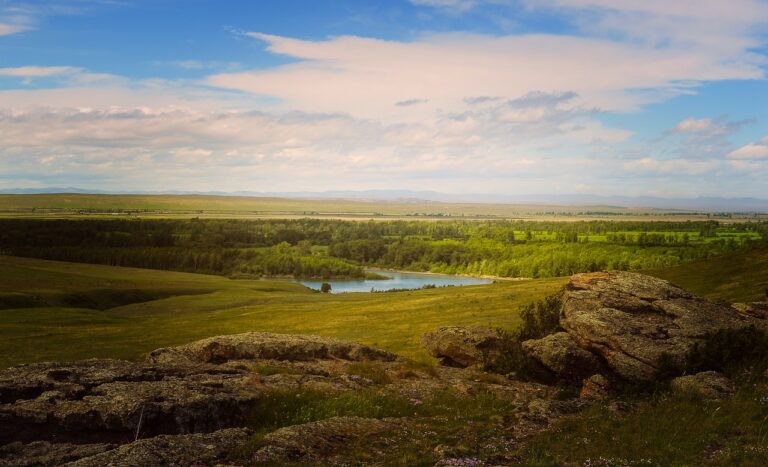Traveling for History: Discovering the World’s Most Famous Historic Sites
Traveling for history is a unique and enriching experience that allows you to explore the world’s most famous historic sites in person. From ancient ruins to iconic landmarks, these destinations offer a glimpse into the past and a deeper understanding of the world we live in today. In this article, we will take you on a journey to discover some of the most fascinating historic sites around the globe.
The Great Wall of China
The Great Wall of China is one of the most iconic and impressive architectural achievements in human history. Stretching over 13,000 miles across northern China, the wall was built over several centuries to protect the Chinese Empire from invasions by nomadic tribes. Today, visitors can walk along the wall and marvel at its sheer size and grandeur, while also learning about its history and significance.
The Pyramids of Giza, Egypt
The Pyramids of Giza are among the most famous and well-preserved ancient monuments in the world. Built over 4,500 years ago as tombs for the pharaohs, these massive structures continue to inspire awe and wonder to this day. Visitors can explore the pyramids, learn about ancient Egyptian culture, and even venture inside the tombs to see the elaborate burial chambers.
The Acropolis, Greece
The Acropolis in Athens is a UNESCO World Heritage Site that showcases the architectural achievements of ancient Greece. Perched on a hill overlooking the city, the Acropolis is home to several iconic buildings, including the Parthenon, the Temple of Athena Nike, and the Erechtheion. Visitors can walk among the ruins, marvel at the intricate marble carvings, and learn about the rich history of ancient Greek civilization.
Machu Picchu, Peru
Located high in the Andes Mountains, Machu Picchu is an ancient Incan city that was built in the 15th century and abandoned just 100 years later. This mystical site is known for its stunning mountain views, intricate stone structures, and mysterious history. Visitors can hike the Inca Trail to reach Machu Picchu or take a train up to the site to explore its terraced fields, temples, and palaces.
Stonehenge, England
Stonehenge is one of the most famous prehistoric monuments in the world, dating back over 4,500 years. Located in Wiltshire, England, these massive stone circles have puzzled archaeologists for centuries. While the exact purpose of Stonehenge remains a mystery, visitors can marvel at the ancient stones, walk around the site, and learn about the various theories surrounding its construction.
Angkor Wat, Cambodia
Angkor Wat is a UNESCO World Heritage Site and the largest religious monument in the world. Built in the early 12th century as a Hindu temple, Angkor Wat later became a Buddhist temple and an enduring symbol of Cambodia’s cultural heritage. Visitors can explore the temple complex, admire the intricate carvings and bas-reliefs, and witness the stunning sunrise over the iconic central spire.
The Colosseum, Italy
The Colosseum in Rome is one of the most famous ancient amphitheaters in the world, known for its gladiatorial contests and other public spectacles. Built in the 1st century AD, this iconic landmark has stood the test of time and continues to awe visitors with its massive size and architectural grandeur. Today, visitors can take guided tours of the Colosseum, learn about its history, and imagine the glory of ancient Rome.
The Taj Mahal, India
The Taj Mahal is a world-renowned symbol of love and beauty, known for its stunning white marble architecture and intricate decorative details. Built in the 17th century by the Mughal Emperor Shah Jahan as a mausoleum for his beloved wife, the Taj Mahal is considered one of the most beautiful buildings in the world. Visitors can explore the grounds, admire the reflection pools, and learn about the history and significance of this UNESCO World Heritage Site.
The Alhambra, Spain
The Alhambra is a palace and fortress complex in Granada, Spain, that dates back to the 13th century. Known for its exquisite Islamic architecture, intricate tile work, and lush gardens, the Alhambra is a masterpiece of Moorish design and craftsmanship. Visitors can wander through the palace rooms, stroll in the Generalife gardens, and soak in the beauty and history of this UNESCO World Heritage Site.
Conclusion
Traveling for history offers a unique opportunity to explore the world’s most famous historic sites and gain a deeper appreciation for the past. By visiting these remarkable destinations, you can connect with different cultures, learn about ancient civilizations, and witness the enduring legacy of human creativity and ingenuity. Whether you’re interested in ancient ruins, medieval castles, or modern landmarks, there is a wealth of historic sites waiting to be discovered around the globe.
FAQs
Q: How can I prepare for a trip to a historic site?
A: Before visiting a historic site, it’s important to do some research on its history, significance, and visitor information. Make sure to check the opening hours, entry fees, and any restrictions or guidelines in place. Wear comfortable shoes, dress appropriately for the weather, and bring a camera or notebook to document your experience.
Q: Are guided tours available at historic sites?
A: Many historic sites offer guided tours led by knowledgeable experts who can provide insights into the site’s history, architecture, and cultural significance. Guided tours can enhance your visit and help you better understand the context and meaning behind the site’s structures and artifacts.
Q: How can I support the preservation of historic sites?
A: You can support the preservation of historic sites by following the rules and guidelines set by site administrators, respecting the property and artifacts, and avoiding any actions that could harm or degrade the site. Consider making a donation or volunteering with local preservation organizations to help protect and maintain these invaluable cultural treasures for future generations.





